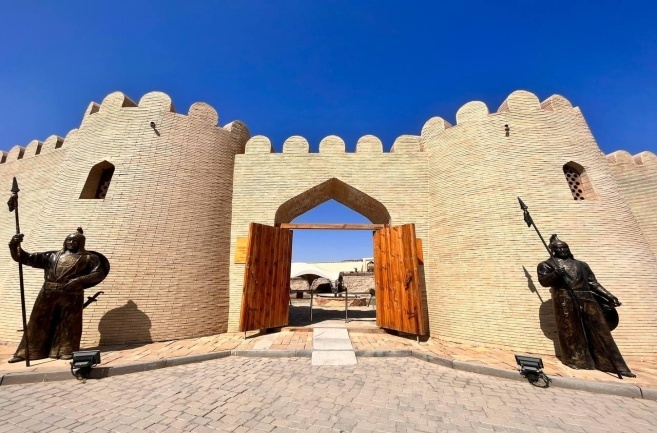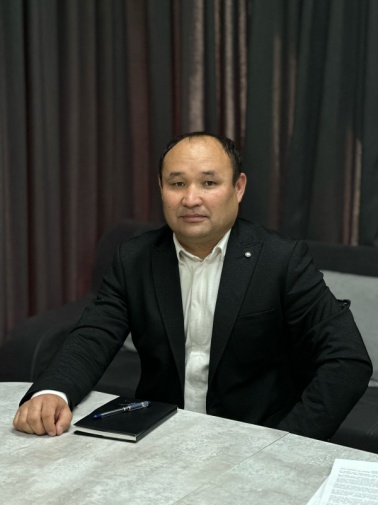The ancient city is an archaeological site of the Republic of Kazakhstan, included in the state list of historical and cultural monuments of our people. The area of the territory is 4.5 hectares. The complex is located in the southern part of the modern megapolis, above the city level. It was opened on May 1, 2021. B. Baitanaev, Doctor of Historical Sciences, archaeologist, academician of the National Academy of Sciences of the Republic of Kazakhstan, based on his research, published a scientific work entitled "The History of Shymkent" in 2012. As a result of the 2003-2004 excavations of the expedition led by him, the 2,200-years-old history of the city was recognized by UNESCO in 2019 and included in the list of international events.
In the Middle Ages, the city consisted of three parts: The Citadel, Shahristan and Rabat. Parts of this structure have been preserved for about 1,500 years.
Rabat is a suburban village, commercial and industrial suburb. Shahristan comes from the Iranian word "shahr" – "city", "stan" – "place". The territory of an early feudal city in Central Asia.
The citadel is a fortified central part of the city, adapted for self—defense. Administrative offices and houses of the ruler of the city were located here.
In a residential complex of the X-XII centuries. A complex of buildings with a fireplace and a storeroom, consisting of several rooms, has been discovered in the southern part of Shahristan. The floors of the rooms are lined with burnt brick.
Residential complex of the XVI-XVIII centuries. The living rooms were built of mud bricks. The rooms were heated by tandoor stoves. At the exit of each house or room there was a tashnau (tashnau is a sanitation and cleaning device of a medieval city). In addition, roads were excavated on the territory of Shahristan. The road was paved with animal bones and ceramic remains.
Blacksmith's workshop and his residential building.
As a result of archaeological excavations in 2020 on the territory of western Shakhristan, iron products were found and the sites of a blacksmith's workshop and his residential building of the 17th-18th centuries were discovered, according to the museumification, they were transformed into museum objects. Our ancestors, who lived thousands of years ago, made consumer goods, various decorative ornaments, weapons from various raw materials. This business was passed down from father to son. Blacksmithing was considered a "sacred art" among the Turkic peoples. The idea of a forge as a "holy place" was formed.
Temple of the 2nd-4th centuries BC.
The temple consisted of a large room with a narrow corridor. More than twenty hums, fragments of hums, and two rooms with tandoor ovens were found inside the room. Traces of rituals associated with Zoroastrianism were found in the temple.
Exhibition hall "Citadel"
The Citadel is the most fortified part of the city, adapted for self-defense. Construction of a fortress built inside a medieval city. Administrative and religious buildings form the central core of this citadel.
Exhibition halls:
- Shymkent artifacts;
- Traditions and customs;
- Lifestyle of the inhabitants of the ancient city of Shymkent;
- Southern Citadel.
Exhibition hall "Underground Fortress"
The eastern tower, built next to the defensive wall, has its own history. Today, the historical significance of the tower has been revealed and an exposition of the "underground fortress" with its architectural structure has been created. It served as a place to hide from enemies.
Exhibition halls:
- Stairs of salvation;
- Gallery of happiness;
- Road of life.
Instagram: shymkentmuseums
Fecebook: Shymkent City Museum Association
TikTok: qamal_shymkent
Email:
Opening hours:Tuesday-Sunday 09:00-18: 00
Address: Shymkent, Al-Farabi district, Ayteke bi 30/29
Head of Department
Sovetov Ali









